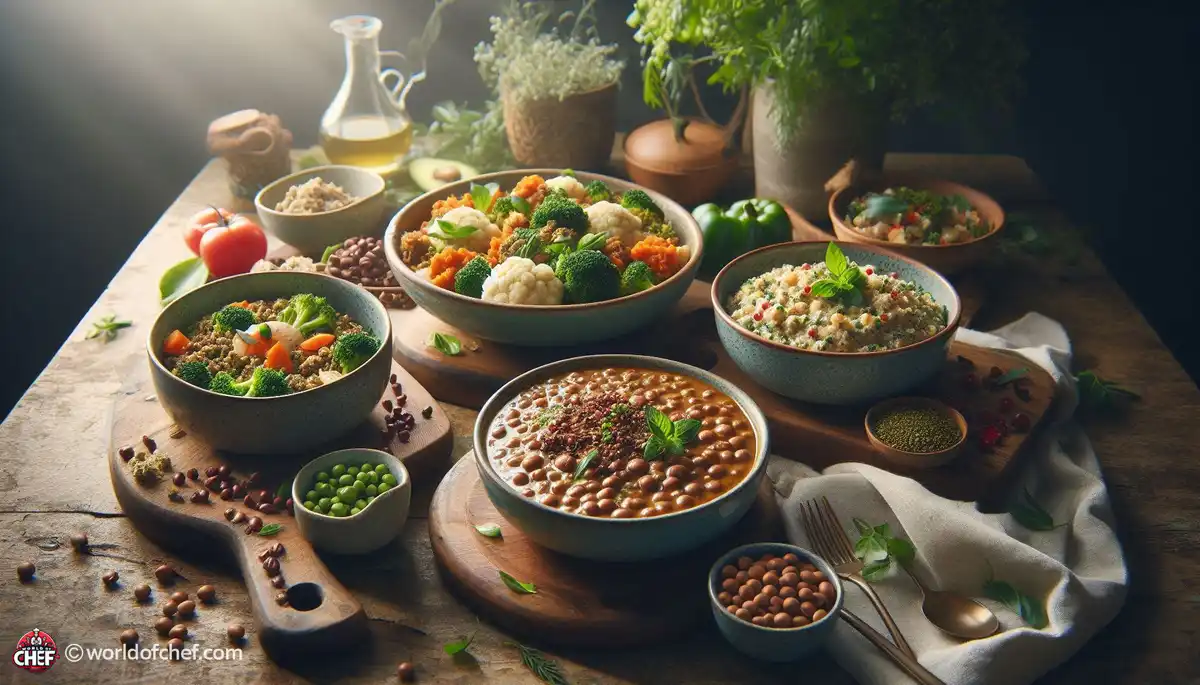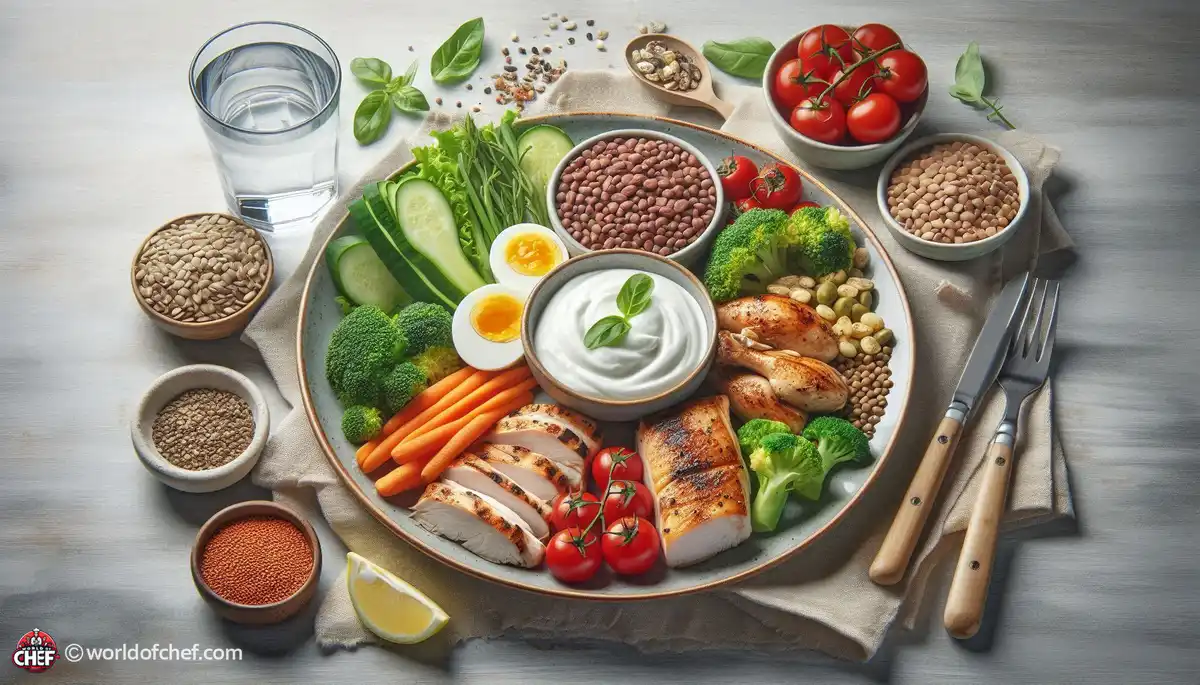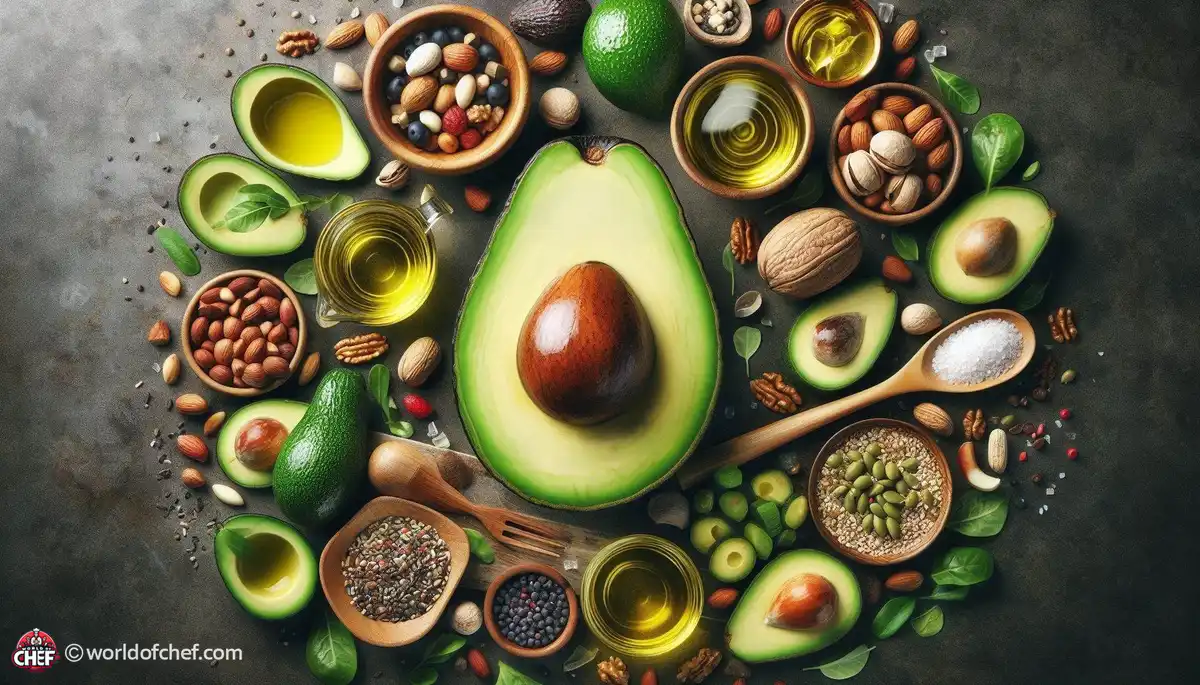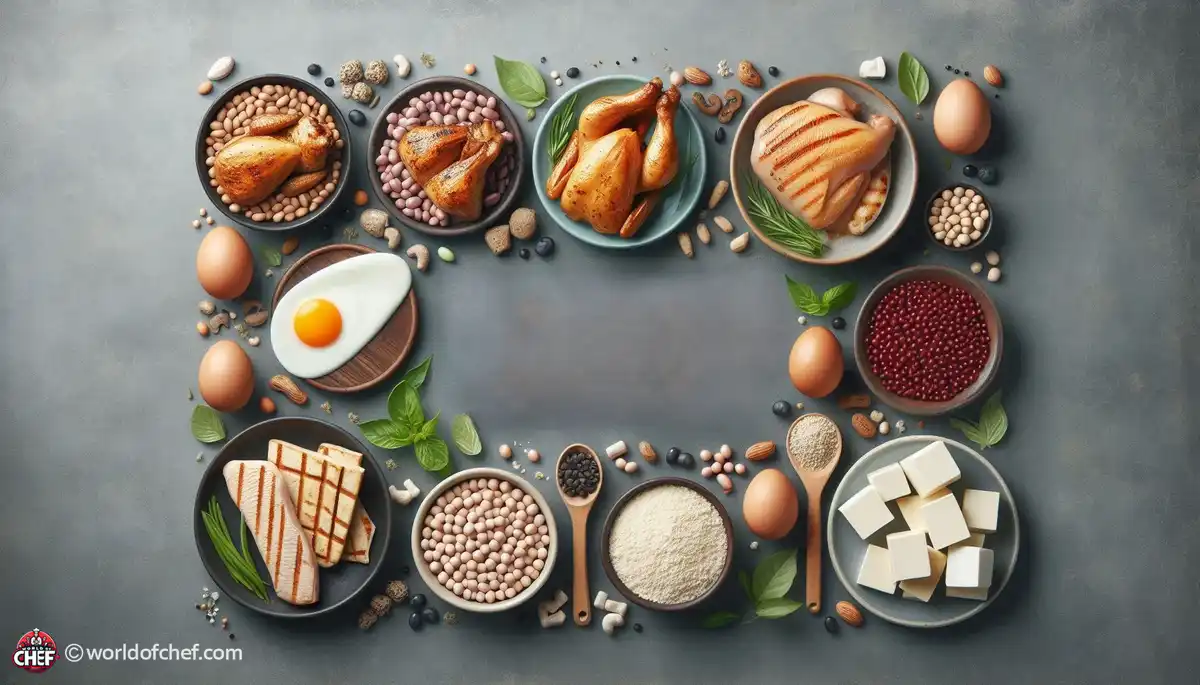
Dinner Delights: High-Fiber Recipes for Every Palate
Clarence Guido - Oct 7, 2024 - 7 min read


When talking about proteins, the first thing that comes into mind is a juicy steak or a succulent piece of chicken. But not all proteins are created equal. Lean proteins, unlike their fatty counterparts, are low in fat and high in protein content. These proteins provide essential amino acids that our bodies need for various functions, including muscle repair and growth. Lean proteins can come from animals and plants, too. Both are good sources and should form a good diet.
Adding lean proteins to the diet of a person helps in a myriad of Health Benefits. It is a quality protein that guarantees the muscles will be kept healthy enough for promoting satiety or any goal regarding weight management. Lean proteins are generally less fatty and with fewer calories as well as Saturated Fats compared to meat, hence heart-friendly. Not only that, but lean protein intake helps to regulate blood glucose levels, and by so doing reduces the danger of chronic diseases such as diabetes and cardiovascular disorders.
Lean proteins are derived from a variety of food both animal and plant. Other good sources of lean protein are poultry, such as chicken and turkey, and fish and seafood. Choose skinless cuts of poultry and fish for less fat. Lean cuts of beef and pork are sirloin or tenderloin and should only be consumed in moderation. Some examples of plant-based sources of protein include lentils, beans, and chickpeas, all of which are high in protein and fiber. They are, therefore, suitable for vegetarians and vegans. Some other plant-based sources include tofu, tempeh, and edamame, which all contain large amounts of lean protein.
Breakfast ought to start with lean protein. Greek yogurt mixed nuts and seeds or a full omelet with an egg white instead of sweet breakfast cereals is the start that can make a difference during lunchtime. For some smoothies, a scoop of protein powder can power up protein without adding so many calories.
For a Healthy Lunch break meal, one can eat the lean proteins such as chicken or fish grilled into salads, wraps, and even sandwiches. Add copious amounts of colorful vegetables with whole grains to fill one's belly with healthy ingredients. Another great way for plant lovers is eating a tofu or black bean burgers that give a reduced protein from meats but an enough amount. Dinner Recipes
The options that come with trying to make dinner more lean in their proteins are limitless. To give you a few suggestions, you could have something like grilled salmon with steam vegetables, turkey chili with the addition of beans, and even stir-fried tofu mixed with vegetables. Feel free to experiment with using herbs, spices, or even marinades to put some flavor into your meals without adding unwanted fat and calories. Advanced planning as well as prepping ahead goes a long way in putting together easy weeknight dinners.
Cook lean proteins in healthy methods to maximize the nutrition they pack. The best cooking methods use minimal added fats. Grilling, baking, broiling, and steaming are excellent ways of keeping the natural flavors and textures of lean meats and fish without adding extra calories. Frying or deep-frying is a definite no-no because it packs your dishes with a lot of unwanted fat.
Marinades and seasonings give flavor to lean proteins. Citrus-based marinades, garlic, ginger, herbs, and spices give depth and complexity to the dishes without adding extra calories. Experiment with different flavors to keep meals exciting and satisfying. Be careful of those store-bought marinades and sauces that may hide sugar and unhealthy fats.
Since a lean protein is so nutritional, it's often overeaten. Thus, portion control is highly vital. Fill half the plate with vegetables, a quarter with lean protein, and a quarter with whole grains or starchy vegetables for maximum nutrition and minimum calorie count. Smaller plates and utensils also have to be used to portion things out and not gobble everything.
You can combine a variety of nuts and seeds such as almonds, walnuts, pumpkin seeds, and sunflower seeds to make your own tasty and nutrient-dense snack. These snacks are not only rich in healthy fats but also in protein and good amounts of vitamins and minerals to keep you fueled until the next meal.
Enjoy the creamy and delicious Greek yogurt parfaits by alternating layers of Greek yogurt, fresh berries, nuts, and a drizzle of honey or maple syrup. Greek yogurt is very rich in protein and probiotics, and hence supports the gut, making it the best accompaniment to muscle-building exercises.
Hard-boiled eggs are extremely convenient and port-friendly protein- and other nutrient-dense snacks, and the most common uses are consumed plain or used sliced atop whole grain crackers for on-the-go munching or as a means of boosting the protein levels and added flavor to salads or sandwiches.
In addition to simple practices of health and wellness support, incorporation of lean proteins can significantly impact your lifestyle goals in general. While in need of building up muscular structures, maintaining ideal weights, or just modifying certain eating habits, the inclusion of the best lean protein within the diet will weigh down well on your healthy welfare. Since there are so many choices and so many tasty recipes to be found, excuses not to use lean proteins in meals are not applicable. With these tips and suggestions given in this guide, you will certainly be on the way to enjoying a well-balanced and nutritious diet that nourishes your body and fuels your active lifestyle.

Clarence Guido - Oct 7, 2024 - 7 min read

Lydia Timmerman - Oct 6, 2024 - 6 min read

Logan Trowbridge - Oct 6, 2024 - 7 min read

Wayne Tobar - Oct 4, 2024 - 8 min read